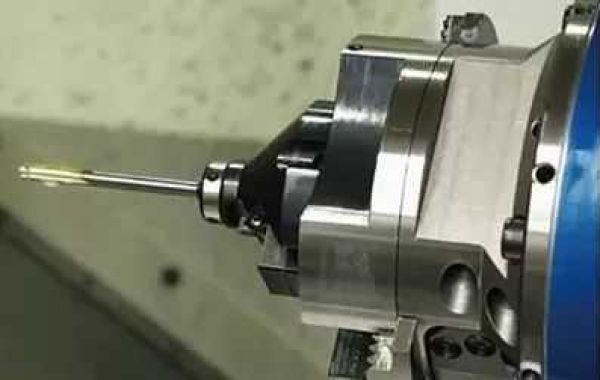What’s the best mold-making technique for a given application? It depends on a couple of important factors, including the desired end-part material, the intended manufacturing process, the geometry of the model, and the production volume.
A simplified, step-by-step approach to choosing the best technique for your manufacturing project is covered in stages below:
- Outline the Development Criteria for Your Project
A manufacturing master plan can help create clear-cut details of what is to be expected from a project, its development timeline, and the available budget. Whether you’re planning to create custom parts or mass-produce thousands of the same item will define what options to pick in the next steps. The development criteria might vary depending on the project, but generally include the design of the part, size, material, quality, required tolerances, timeline, required production volume, cost constraints, etc.
In product development, the initial document that answers many of these questions is often the product requirements document (PRD), while the bill of materials (BOM) is the comprehensive list of parts, items, assemblies, and other materials required to create a product.
- Select the Manufacturing Process
The right manufacturing process for a certain part is largely dependent on the development criteria. In some cases, multiple production processes can be used to create any given design. As a rule of thumb, choose the process that can produce the given part with the required quality, at the lowest costs, while fulfilling the rest of the development criteria. The material choice and manufacturing volume are likely the most important factors driving your decision.
For plastic parts, you can read our guide to manufacturing processes for plastics.







